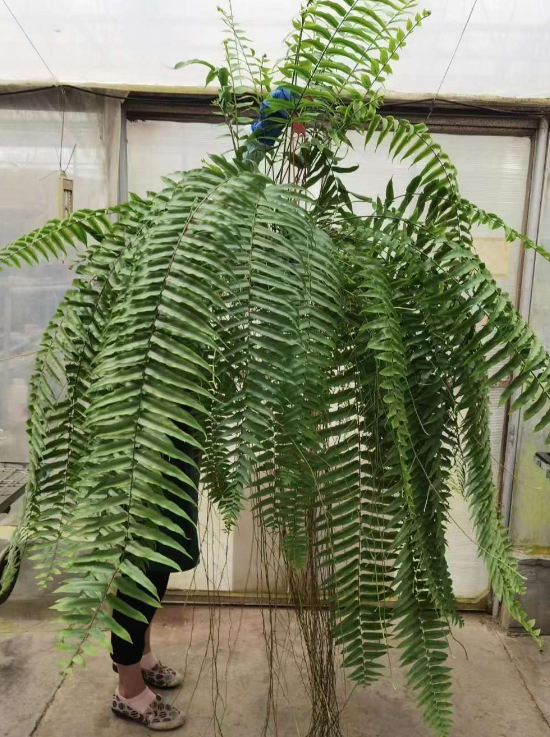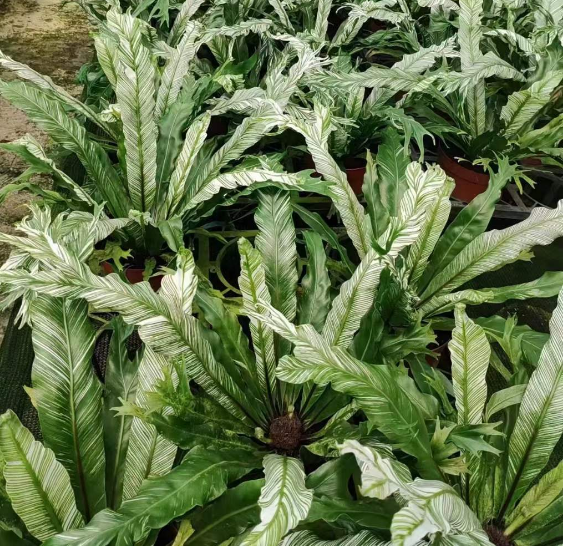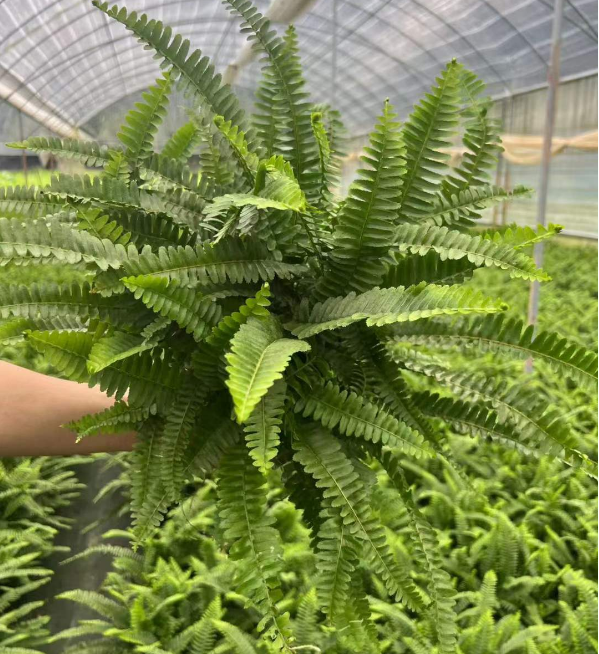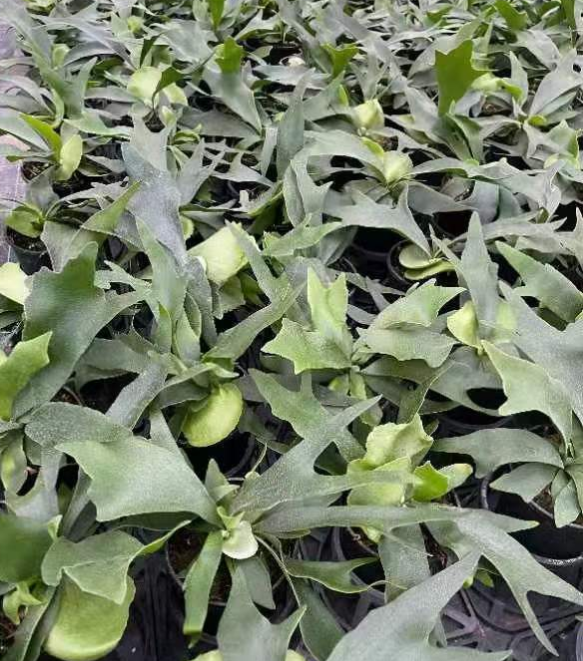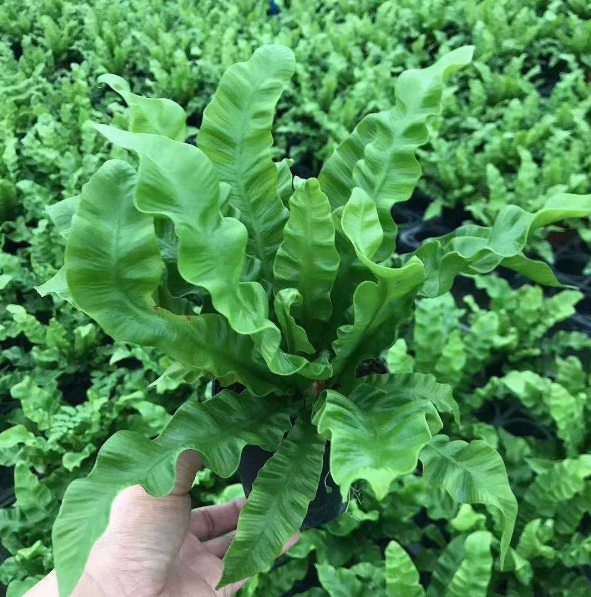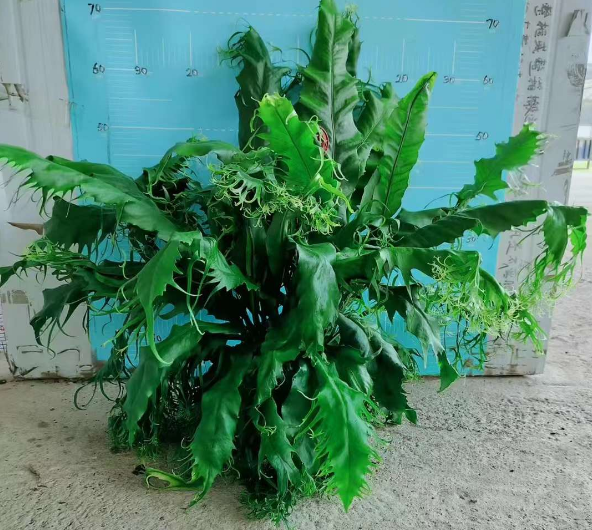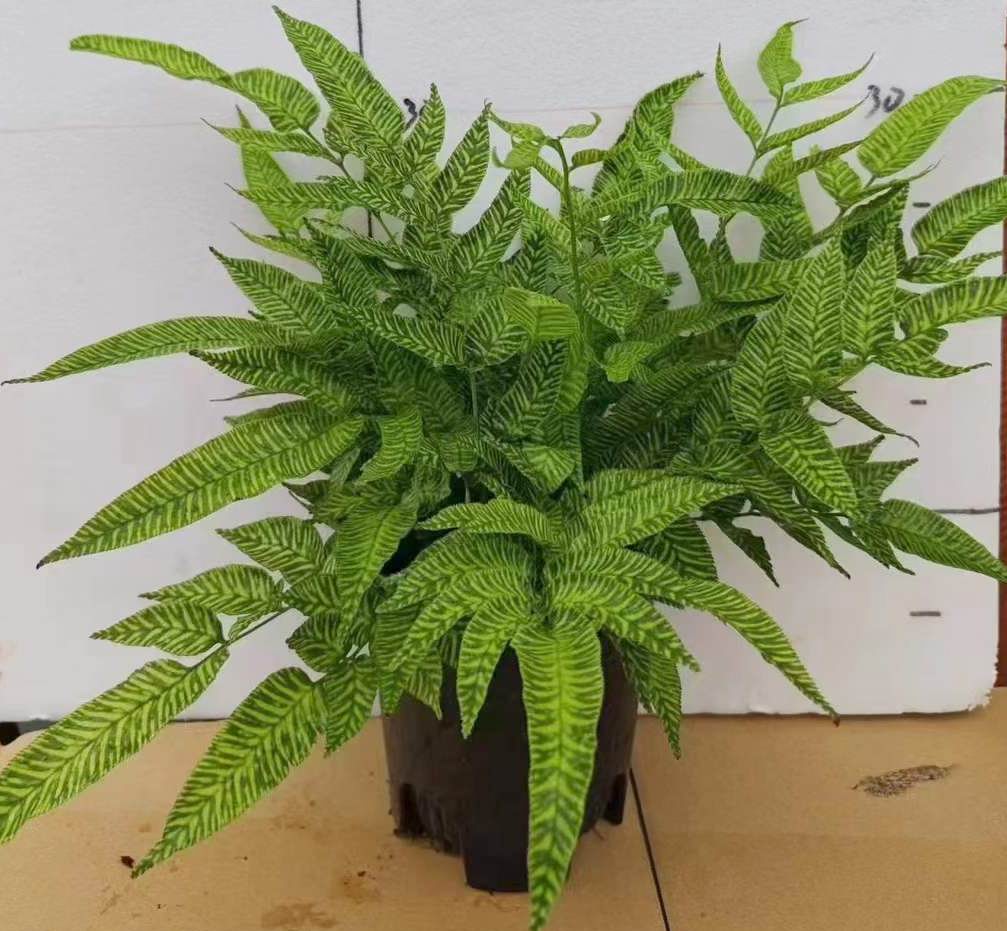Different fern species may have specific temperature preferences. Research the particular needs of the fern species you are growing, as some ferns may have more specific temperature requirements. By providing suitable temperature range and avoiding extreme conditions, you can help ensure the health and vitality of your ferns.
Soil: Selecting the right soil for ferns is crucial for their growth and overall health. Ferns generally prefer a well-draining soil mix that retains moisture while allowing excess water to drain away, and prevents waterlogged conditions that can lead to root rot. Avoid using heavy clay soils that retain excessive moisture. Instead, opt for a well-draining potting mix or soil blend specifically formulated for indoor plants or ferns.
Ferns prefer a soil mix that is loose, airy, and well-draining. A mixture of peat moss, perlite, and coarse sand is often suitable for ferns. This combination helps promote good drainage while retaining some moisture for the fern's root system. They thrive in soil that is rich in organic matter. Adding compost, leaf mold, or well-rotted manure to the soil mix can improve its fertility, water retention, and nutrient content. These organic materials also enhance the soil's ability to hold moisture without becoming waterlogged. While ferns don't require excessively rich soil, it's beneficial to provide them with a soil mix that contains a balanced blend of nutrients. You can achieve this by using a quality potting mix or adding slow-release organic fertilizers to the soil.
Most ferns generally prefer slightly acidic to neutral soil with a pH range of 5.5 to 7.0. Testing the pH of the soil and adjusting it, if necessary, can help create an optimal growing environment for ferns. Adding organic matter, such as compost or pine needles, can help lower the pH if the soil is too alkaline.
Regularly monitor the moisture level of the soil and adjust your watering routine accordingly. Over time, as the organic matter breaks down, you may need to refresh the potting mix or repot your fern to maintain optimal soil conditions. Notice the soil preferences can vary among different fern species, so it's always a good idea to research the specific soil requirements of the ferns you are growing to ensure their specific needs are met.
Propagation: Ferns can be propagated through various methods, including spore propagation, division, and occasionally through tissue culture.

